Revisiting radio as ad platform: Experts highlight issues needing attention
Despite the relentless march of the digital medium, radio continues to hold its own as an advertising platform. As per the GroupM ‘This Year Next Year’ (TYNY) 2017 report, radio is expected to grow at a little over 10 per cent, with scope for the medium picking up as the Phase 3 rollout is completed in 2017. Higher growth is expected as stations will see the supply impact of the full year.
The Madison Advertising Outlook 2017 report pegs radio’s growth this year at 15 per cent, taking radio ad spends close to Rs 2,000 crore. According to the report, radio forms 3.6 per cent of the total advertising pie in India, with ad spends on the medium clocking up Rs 1,545 crore.
Radio players are looking for an upswing in market sentiments this festive season and around 20 per cent hike in ad spends; some players expect this number to be as high as 30-40 per cent.
Amid these positive sentiments, Adgully takes a relook at radio as an advertising platform and spoke to a cross-section of industry leaders on some pressing issues such as radio listener measurement, tapping the smaller and local advertisers, innovations in the medium, and the road ahead.
Radio Audience Measurement
Speaking on the measurement scenario, Abraham Thomas, CEO, Radio City, elucidated, “At present, there doesn’t exist a syndicated research mechanism that represents the radio industry; having a systematic process for measurement in place will supplement the growth of the entire business. The lack of common accurate research amongst key stakeholders like broadcasters, agencies and advertisers make it difficult to ascertain important parameters like reach. Hence, it is imperative to have an insightful understanding of the listener base of an FM station that will not only ensure better targeting, but also help brands in effectively utilising their budget allocation.”
Echoing similar views, Harrish M Bhatia, CEO, My FM, affirmed that with a measurement system in place, it will help in getting the right price for each radio brand, to calculate the reach of the campaign and also to calculate ROI on the campaigns.
Rajat Uppal, National Marketing Head, Red FM, too, believed that measurement matrix always helped a medium to grow, with radio being no exception. He added, “Other mediums like print, television and digital have industry specific measurements, which surely assist advertisers in deciding where to park their advertising monies and also know their ROIs. Had FM radio in India had a good measurement system, it is likely that the growth would have been considerably more as advertisers would have shown more faith in the medium.”
Having a robust measurement system in place is a boost for any media segment. Many advertisers decide on their radio plan basis the network of the radio broadcaster, the creative ideas that the radio station gives, the execution capabilities, the ability to offer more than just radio. Prashant Panday, Chief Executive Officer, Radio Mirchi, also felt that a robust system will lead to a more rapid growth of the medium. “Advertisers use radio for many reasons and research is not as important as it is in TV and print,” he added.
Tapping local advertisers in small towns post Phase 3
Radio world over is local medium and retail advertising led, today all big brands are focusing on the Real Bharat to sustain and achieve growth, with radio reaching smaller towns it will attract advertising from both local and national brands. “National brands who realise the potential of the medium know how well it helps in customizing the communication as per the local dialect and of course the last miles reach. In my opinion, the ratio for national and local advertiser contribution will be about 40:60,” said Harrish M Bhatia.
FM radio as an industry in India needs to invest in a radio measurement study, so that there is periodical reporting of performance metrics for advertisers to pick their choices within the players for advertising investments. Red FM’s Rajat Uppal said that radio players need to think out of the box & give innovative and clutter breaking advertising solutions to prospective advertisers. The strength of the medium is the fact that it is local in nature and brands can customise their creative communication and use it to geo-target audiences city-wise. The fact the medium offers a two-way engagement is a plus over some of the other conventional mediums like Television and FM radio needs to use this to its advantage.
“At Red FM, we have always tried and delivered brand solutions which are high on engagement, are innovative and disruptive too. We have given brands solutions which extend beyond radio to on-ground and digital as well,” affirmed Uppal.
Abraham Thomas, too, opined that by providing hyper local content and programming for individual city stations, Radio City has been able to attract listenership in different cities and smaller towns alike. Also, by developing intellectual properties for smaller markets we have been able to enhance our audience engagement and expand our listener base in these cities. Local advertisers partner on our numerous National, Regional and Local properties to add to the reach that our stations offer. Radio City runs through the veins of each of our 39 cities. We are a cluster of local radio stations that make up a national brand called Radio City. With this approach in play, local and national advertisers are recognizing the power and return on investment in radio and the strategy is helping Radio City attract smaller and local advertisers.
According to Prashant Panday, in the smaller towns, our experience is that radio is readily accepted by retail advertisers. Most advertisers who use print add radio quite easily. In smaller town, other media like digital, OOH and TV are not so easy to pick. Radio needs to add listenership numbers. This can happen if there are more broadcasters in a market, if broadcasters reduce the amount of ads they play (this is a turn-off for listeners), and if they do more brand marketing (campaigns on media other than radio itself). The industry has been lacking on all these fronts. This is one reason there is a degree of stagnation in the growth of the medium in terms of listenership.
Innovation in radio - need of the hour
Panday stressed on the need to try new things. He said, “With our second channel, for instance, we did not cut the music basis era, as is most common (retro, 90s, last 10 years, CHR etc) or language (Hindi, Marathi etc). We cut it basis an emotional appeal (romance). I am happy that there are more formats available in the metros also, notably retro (Big, Nasha), 90’s (Redtro) and Romantic (Ishq). There is also a need to do creative formats. For example, a relationships advice show like Mirchi does in the night band have worked magic for us. Ishq also does a similar show. Celeb shows are also popular. Finally, it is important for jocks to become multi-media. Gone are the days when an RJ could afford to be on radio and hope to become popular. Nowadays, listeners like to listen to and watch their favorite RJ. This is having a huge impact on the way programming roles are evolving in radio companies. But it is also expanding the horizon of radio consumption (listenership + viewership) beyond the limits of the FM signal.
Abraham Thomas, too, believed that innovation is the need of the hour. It is not about listening to just music; it must be music-plus. We are looking at innovations which are a combination of on-ground, online and on-radio to create unique, clutter breaking content. Innovative conceptualization is a formula that needs to be adopted for developing a competitive edge. Marketers have realized that in the world of advertising one-size-does-not-fit-all. This has brought a positive change in the industry with ad campaigns being designed specifically for radio listeners. Our in-house creative agency, AudaCITY has done some exemplary work in the recent times and there are more innovative campaigns that we aim to launch during the festive period.
Today, most of the young marketers understand the importance of each media vehicle. “Radio today is part of all media plans; in fact, if you take note, there are many Indian radio campaigns that are being recognised at international and national levels,” concluded Harrish Bhatia.


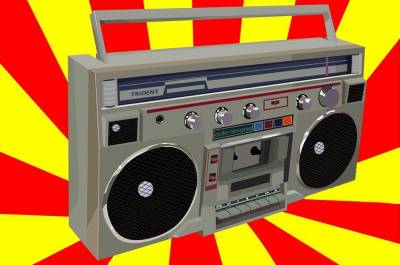
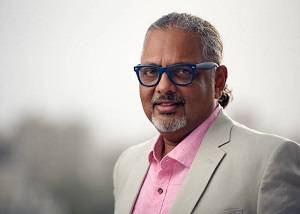
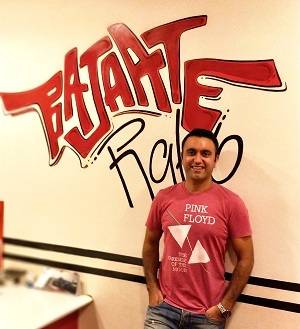
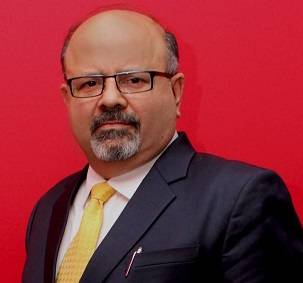
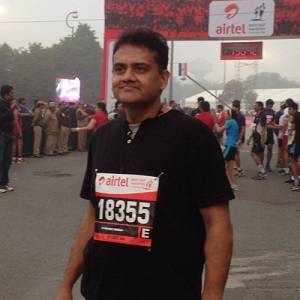
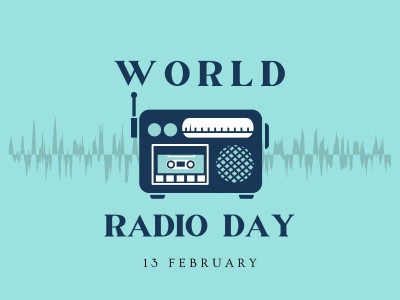

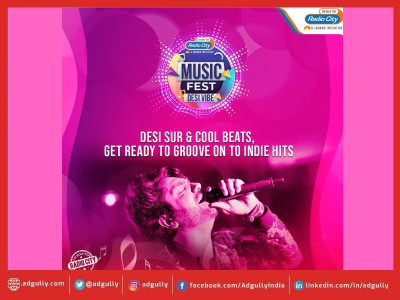
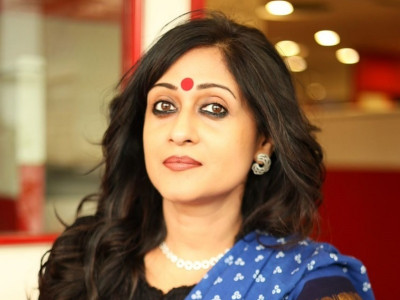
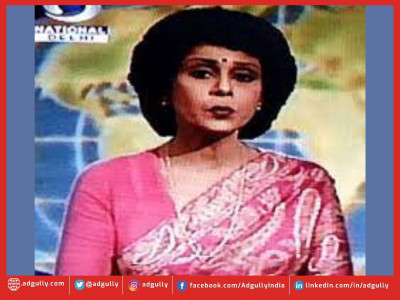
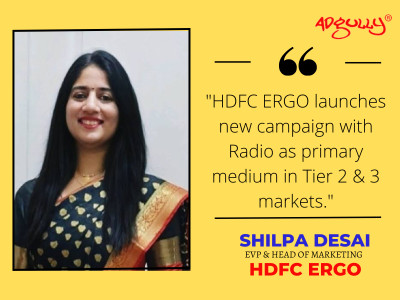

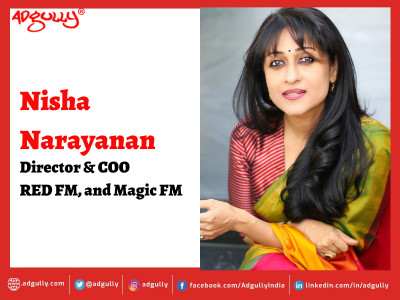
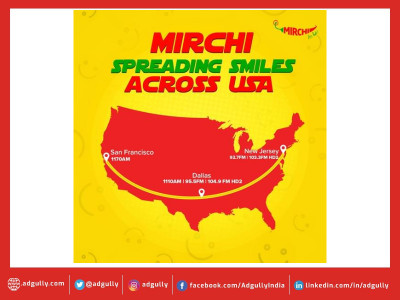
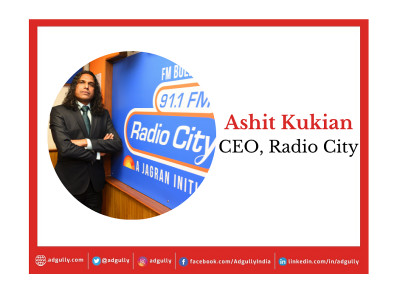

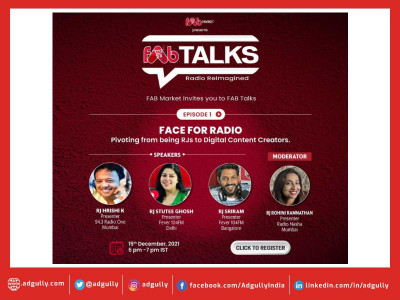

Share
Facebook
YouTube
Tweet
Twitter
LinkedIn